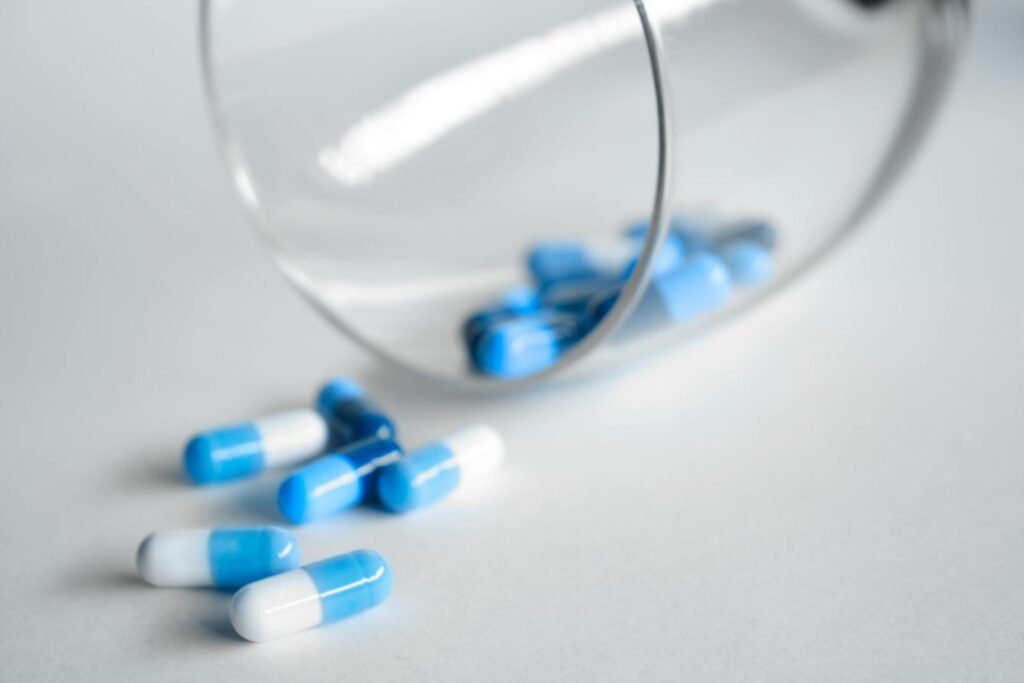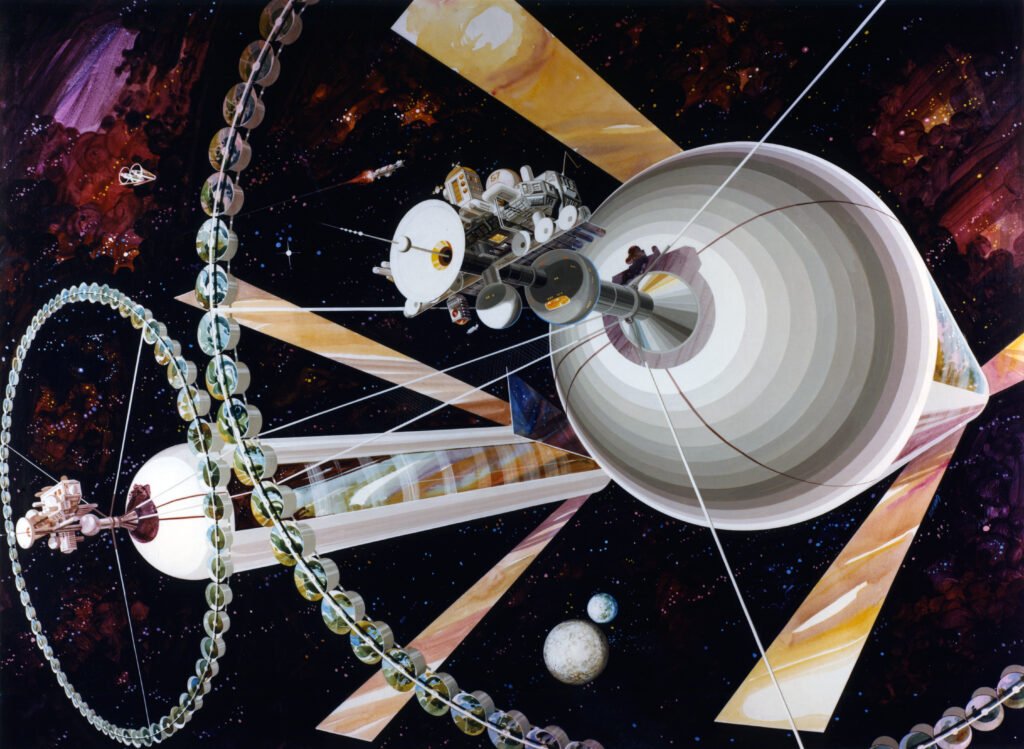Antibiotics have revolutionized medicine since their discovery in the early 20th century, saving countless lives by combatting bacterial infections. Originally discovered by Alexander Fleming in 1928 with penicillin, antibiotics are naturally occurring compounds produced by microorganisms like bacteria and fungi to defend against other microbes in their environment. This biologically competitive arsenal is a wonder of evolution, showcasing nature’s ingenuity in the fight for survival.
Microbial Warfare: Nature’s Competitive Edge

In the natural world, microorganisms are constantly competing with one another for limited resources. This competition has led to the evolution of a variety of chemical weapons. Bacteria and fungi produce antibiotics to inhibit or kill rival species, thus securing more resources such as nutrients and space. This biochemical battle has been ongoing for millions of years, driving a sophisticated arms race that has resulted in the diverse range of antibiotics we see today.
How Microbes Produce Antibiotics

Microorganisms synthesize antibiotics through complex biochemical pathways. These pathways generally involve a series of enzymatic reactions that convert primary metabolic products into potent antimicrobial compounds. For instance, the bacterium Streptomyces, found in soil, is known for producing a vast array of antibiotics, including tetracycline and erythromycin, through such intricate processes. The genes responsible for antibiotic production are often located in clusters, allowing for coordinated expression and synthesis of these powerful compounds.
The Role of Natural Antibiotics in Environmental Balance
Natural antibiotics play a crucial role in maintaining ecological balance within microbial communities. They regulate population sizes and help prevent any single species from dominating an ecosystem. This balance is essential for the healthy functioning of ecological systems, as it promotes biodiversity and resilience against environmental changes. Through their antimicrobial activities, these compounds help sustain the diversity and function of microbial communities across a range of habitats, from soil to ocean floors.
The Human Connection: Harnessing Microbial Defenses

Humans have harnessed the antimicrobial properties of these natural compounds to combat infectious diseases. The development and refinement of antibiotics have been pivotal in treating bacterial infections, reducing the burden of diseases and increasing life expectancy globally. However, as humanity continues to rely on antibiotics, we also face the challenge of antibiotic resistance, which threatens to undermine their effectiveness. Understanding the natural mechanisms of antibiotic production and resistance in microbes is essential in developing new strategies to overcome this growing problem.
The Future of Antibiotics: Prospects and Challenges

The discovery and development of new antibiotics remain crucial as resistance to existing drugs increases. Scientists are delving deeper into the mechanisms microbes use to produce antibiotics, using insights from genetics and biochemistry to identify novel compounds. Furthermore, the study of soil microbiomes and other unexplored environments holds promise for uncovering new antibiotics. Innovations like genome mining and synthetic biology offer exciting avenues to not only discover but also enhance naturally occurring antibiotics for therapeutic use.
Conclusion: Nature’s Eternal Arms Race

The mystery of antibiotics underscores the complexity and adaptability of life on Earth. Microbes, in their never-ending fight for survival, have developed ingenious ways to defend themselves and thrive. As stewards of this planet, humans have the opportunity to learn from and utilize these natural defenses. By continuing to explore, understand, and respect the mechanisms of antibiotic production and resistance, we can ensure antibiotics remain an effective tool in the fight against disease while preserving the delicate balance of nature’s ecosystems.




